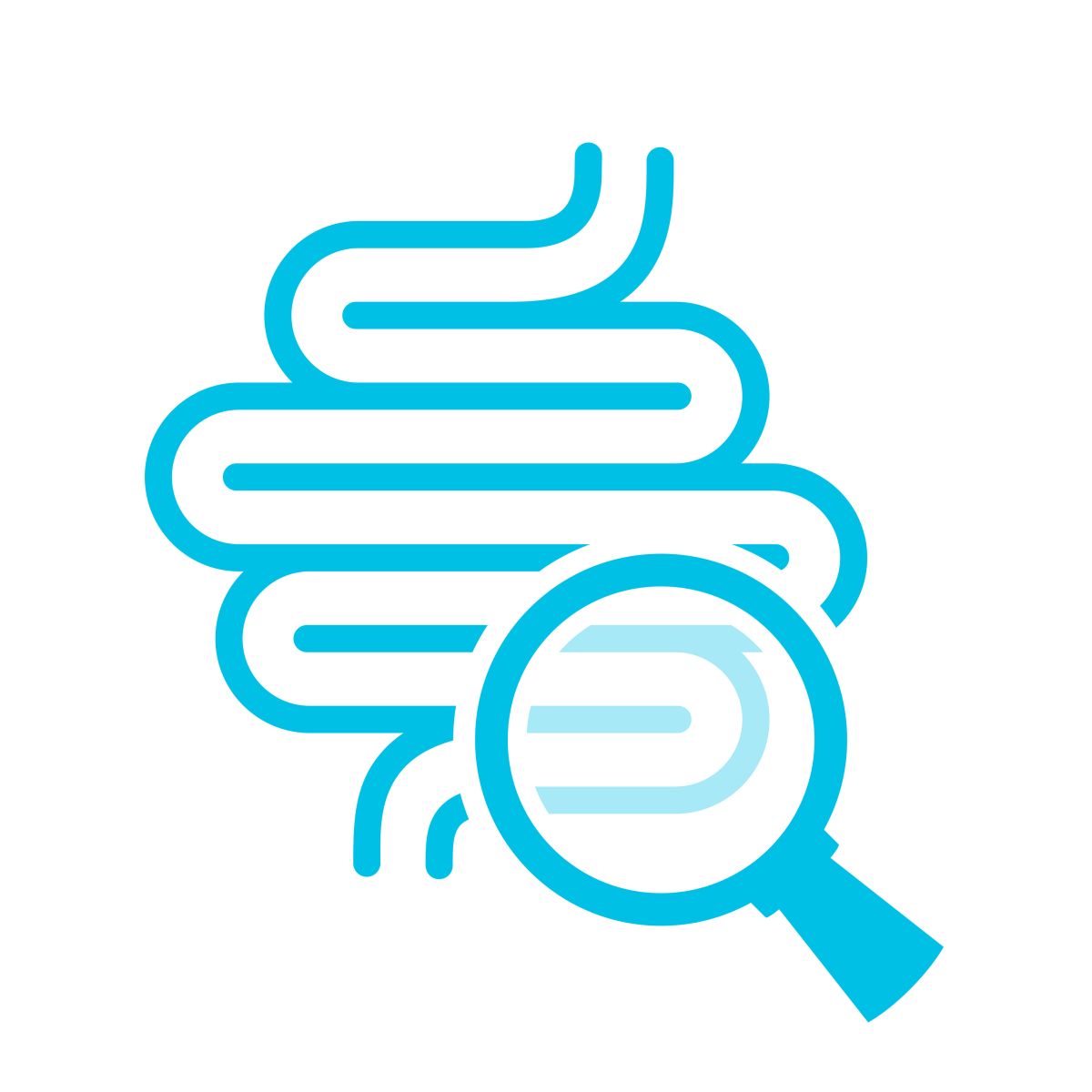Digestive Care
Call 888.847.3627Your Digestive Health
Your digestive system is responsible for breaking down food, absorbing nutrients and ridding your body of waste. The digestive system starts in your mouth and runs from your esophagus to your stomach to your intestines to your anus — i.e., your gastrointestinal, or GI, tract. Your liver, pancreas and gallbladder are also part of the digestive system. When one part stops working the way it’s supposed to, ripple effects often occur throughout the digestive system.
Next Steps
Check your gut.
Digestive discomforts like heartburn, stomach upset, acid reflux and painful gas could be symptoms of serious medical problems. If you have questions about your digestive health, but aren’t quite sure where to begin, start with a digestive health assessment and learn more about conditions you may have.
We are committed to collaborative, multidisciplinary care, which means you’ll work with a gastroenterologist, your primary care provider and other specialists, as necessary, to receive the most effective management.
Take a Colon Health Assessment
Your Digestive Health
Introduction – The Digestive System
Common Digestive Ailments
Diagnostic Procedures
Peace of mind is just a screening away.
A colonoscopy helps find polyps that can be removed before they become cancerous. It can also identify colon and rectal cancers early, when the odds of successful treatment are highest. Colon and rectal cancer rates have increased in young and middle-aged adults.* If you’re 45 or older, ask your doctor about scheduling a colonoscopy.
Early Detection of Colon Cancer
Why get screened for colon cancer?
Screening may find diseases at an early stage, when a doctor has a better chance of treating or preventing the disease. The American College of Gastroenterology recommends screening for colon cancer:
-
- At age 40 for any person with a first degree relative with colon cancer.
- At age 45 for African Americans because they have an increased risk of developing the disease.
- At age 45 for people who are not at increased risk of the disease.
What is a colonoscopy?
Colonoscopy is a procedure that uses a long, flexible, narrow tube with a light and tiny camera on one end, called a colonoscope or scope, to look inside the rectum and entire colon. Colonoscopy can show abnormalities of the lining of the large intestine. Why is a colonoscopy performed?
Why is a colonoscopy performed?
Some of the reasons a colonoscopy may be performed include but are not limited to:
- screening for colon cancer
- changes in bowel habits
- abdominal pain
- bleeding from the anus
- unexplained weight loss
- a family history of colon cancer
Preparing for a colonoscopy:
Be sure your doctor knows about any medicines you are taking. You might need to change how you take them before the test.
Your doctor will give you specific instructions. It’s important to read these carefully a few days ahead of time, since you may need to follow a special diet for at least a day before the test and to shop for supplies. If you’re not sure about any of the instructions, call the doctor’s office and go over them with the nurse.
You will probably also be told not to eat or drink anything after midnight the night before your test. If you normally take prescription medicines in the mornings, talk with your doctor or nurse about how to manage them for the day.
Because a sedative is used during the test, you’ll need to arrange for someone you know to take you home from the test.
What to expect during the test:
The test itself usually takes about 30 minutes, but it may take longer if a polyp is found and removed. Before it starts, you’ll be given a sedating medicine (into a vein) to make you feel relaxed and sleepy during the procedure. For most people, this medicine makes them unaware of what’s going on and unable to remember the procedure afterward. You’ll wake up after the test is over, but might not be fully awake until later in the day.
During the test, you’ll be asked to lie on your side with a drape covering you. Your blood pressure, heart rate, and breathing rate will be monitored during and after the test. Your doctor might insert a gloved finger into the rectum to examine it before putting in the colonoscope.
The doctor will look at the inner walls of the colon as he or she slowly removes the colonoscope. If a small polyp is found, it may be removed. This is because some small polyps may become cancer over time. Removing the polyp is usually done by passing a wire loop through the colonoscope to cut the polyp from the wall of the colon with an electric current. The polyp is then sent to a lab to be checked to see if it has any areas that have changed into cancer.
If your doctor sees a larger polyp or tumor or anything else abnormal, a biopsy may be done. A small piece of tissue is taken out through the colonoscope. The tissue is checked in the lab to see if it’s cancer, a benign (non-cancerous) growth, or a result of inflammation.








